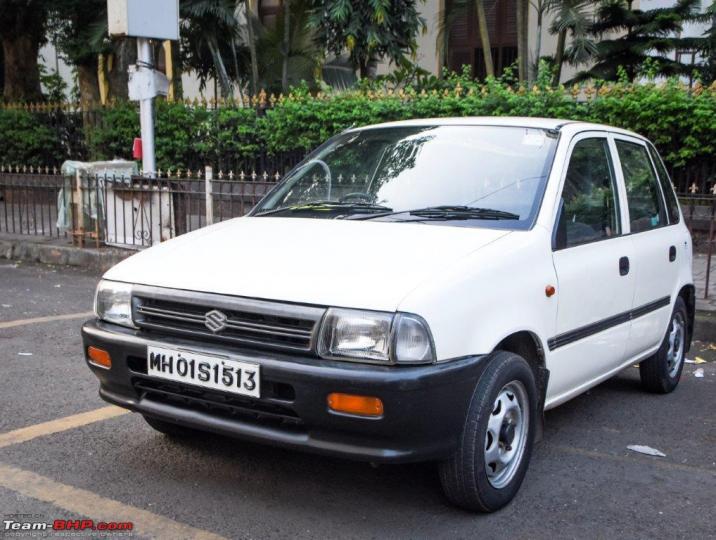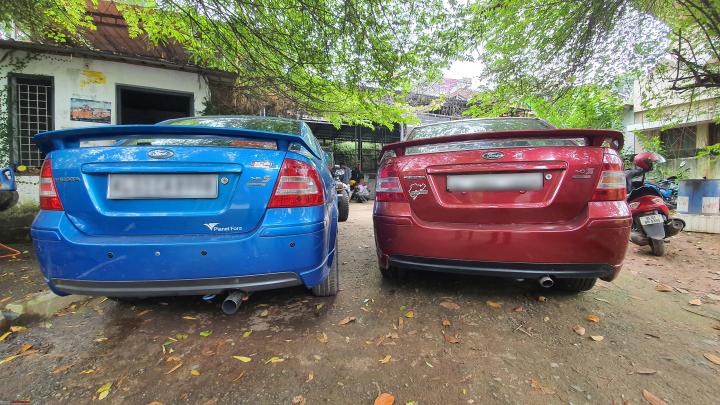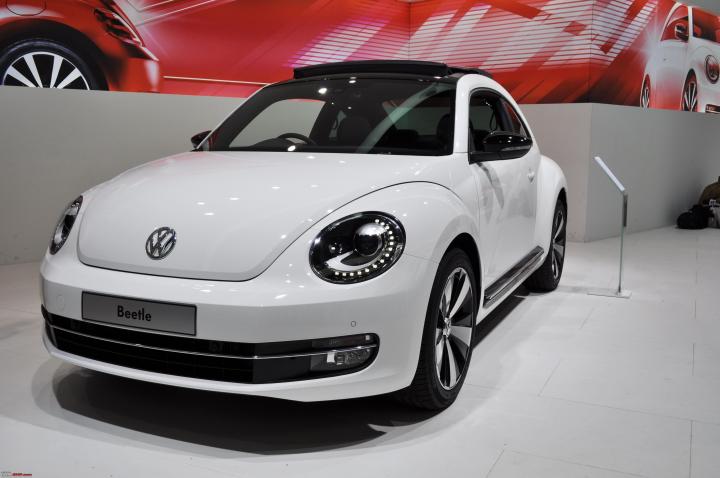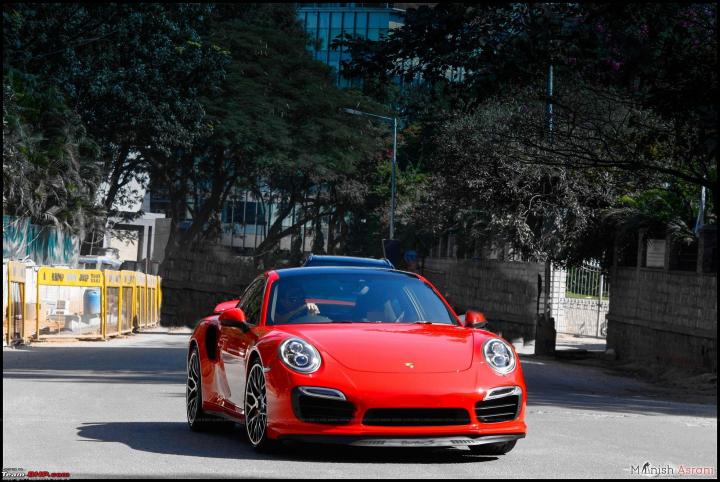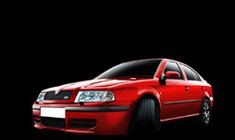News
Carmakers failing to encash on brand image from iconic models
The USP choices and preferences by buyers for car models change every few years and it is virtually impossible to carry on with the success of a particular model for many decades at a stretch,
BHPian anjan_c2007 recently shared this with other enthusiasts.
We have had many iconic cars from car makers worldwide that have left deep imprints, becoming cultural icons in the process. The leading example of the most iconic and cult car is the Volkswagen Beetle (1938-1974/78/85 in Germany and till 2003 in Mexico, sales 21 million plus). The Ford Model T (1908-1927, sales over 15 million) is the second most iconic car ever produced.
The Volkswagen Beetle was viewed as a no-nonsense, frugal, straightforward, humble, cute, durable and honest car. Though introduced in 1938, its real-time production innings commenced in the early 1950’s, lasted through the 1960’s and was over by 1974 in Wolfsburg, when the production was stopped totally. By 1978, production shifted to Brazil and Mexico. The 4 other plants in Germany and some others in Europe continued to produce the Beetle in small numbers till 1985, to meet the feeble demands of the Western markets. The last Beetle was manufactured in Puebla, Mexico in 2003 and was shipped to the company museum in Wolfsburg. But as pundits say in a lighter vein, as soon as people said “the Beetle was dead somewhere, it would pop up from somewhere else in the world.”
The front wheel drive Golf (sold as Rabbit in North America) immediately replaced the Beetle and the smaller Polo was also introduced by 1975. It had also come as a savior for Volkswagen at a time the company was at the crossroads with its dated Beetle’s sales plummeting in the wake of a severe competition. But only in the mid-1990’s, did Volkswagen realise that the Beetle’s once cult status and true brand equity needed to be encashed. The New Beetle was introduced in 1997 by using the Golf platform. It sold 1.16 million units. By 2011, the New Beetle (A5) came along but the sales were never very encouraging. Its production ended in 2019, as the sales had plummeted to 4 % of the total units sold for the company. Overall, the 2011 edition sold only 530,000 units till 2019. Curtains fell on the Beetle brand by 2019. Dieselgate happened, creating a halo around the company’s image and the demand had also shifted from smaller cars to SUV’s in all major markets. An electric Beetle is being talked about as a possibility.
The moot point here is that had the New Beetle come around the mid-1970’s as an immediate replacement, maybe it could have been a game changer. It could have done well in the market despite the Golf/ Rabbit and Polo being introduced. The New Beetle selling just 1.213 million units during (1997-2019) a 22 year model life, as compared to older model’s 21 plus million units in 65 years is a bit glaring.
The Model –T Ford during its 19 year life span sold remarkably well at 15 million units, during the times when the overall car sales were much, much lower vis-à-vis today’s figures. It’s successor, the Ford Model-A (1927-32) replicated the Model-T’s success story by selling 4.858 million cars during it’s five year model life. But the new offering from General Motors (GM) (next para) by 1929, relegated the Model A sales to second place. The Model A was replaced by the Model B (flathead four) and the Model 18 (flathead V-8) followed by subsequent model replacements. Ford’s success story moved on and on, but GM gained traction over the other two viz. Ford and Chrysler during these Big-3’s growing years.
General Motors was carefully watching Ford Motors and its best selling Model-T almost playing a hawk-eyed predator’s role. They saw it being replaced by the Model- A in 1927, with the flathead 4 cylinder engine. Chevrolet by 1929 to beat Ford, launched the Stovebolt, in-line, six cylinder OHV engine, fitted on its new model, the AC International that replaced its AB International. It beat Ford in the competition stakes and very soon the AC International emerged as the best seller in 1929, as the price tag was kept affordable by GM. GM’s subsequent model line-up used the same in-line, six cylinder engine with a few updates for some three plus more decades with improvements and the GM success story continued. In fact, this very same in-line six cylinder OHV engine with updates powered the Chevrolet Nova, Impala, Biscayne, Chevelle of the 1960’s that had the six cylinder option, apart from the V-8.
A few other international, iconic best sellers include the:
- Toyota Corolla (1966 till date, 43 million)
- Ford F-Series pick-up (1977 till date, 40 million)
- Volkswagen Golf (1974 till date, 30 million)
- Honda Accord (1976 till date, 17 million)
- Ford Fiesta (1976 till date, 15 million)
- Chevrolet Impala (1958- 2020, 14 million)
- Ford Mustang (1964 till date, 9 million)
- Citroen 2 CV (1948-1990, 9.118 million units)
- Austin/ Morris Mini (1959- 2000, 5.3 million) continuing as the Mini from BMW continues to sell 300,000 to 400,000 units a year since 2000 till date
- Citroen DS (1955-1975, 1.455 million)
Some of the time tested survivors appear in the list here, while some of the once iconic models that later on proved to be laggards have also been listed. The list is not comprehensive and there would be other car models not featured here that could have perished or survived with its once iconic status.
Like the Volkswagen Beetle, the Citroen 2 CV and also the very iconic Citroen DS do not have any worthy successors. Britain’s Mini has survived since 1959 though, under a new company (BMW) since 2000.
The USP choices and preferences by buyers for car models change every few years and it is virtually impossible to carry on with the success of a particular model for many decades at a stretch, as the market sensitivity, future needs, necessities, demands and inclinations are very dynamic, volatile and are destined for unpredictable changes with the times. The handful of models that have been weathering the storms with constant upgrades to remain afloat as best sellers, despite the market perils and adversities really deserve all the accolades for their respective makers.
Here's what BHPian Rahul Bhalgat had to say on the matter:
Very interesting information about the market performance of some of the iconic models, anjan_c2007.
Your question: Do Car Makers Fail to Encash the Brand Equity and Hype Created by an Iconic and/or Cult Model?
I think yes, the car makers are unable to encash the brand equity of the iconic models. Reason is simple. If you use that iconic brand for your next product, which fails to meet the expectation from that brand, then the iconic brand merely contributes more footfalls in the showroom and some limited sales.
The product needs to be strong in the USP associated with the brand or it shall be hitting the needs / wants of the customers (which have evolved over a period, after the success of previous product carrying that brand) perfectly.
I think (in the car market) it is the product that sells in the long run and not the brand. If a good product can create a brand, a bad successor can destroy that brand. Iconic brand will help for faster success of a worthy successor.
Here's what BHPian Sanidhya mukund had to say on the matter:
I think this varies from brand to brand. When a product becomes a super hit, it is usually because of a set of USPs that the consumer associates with the particular product. If the subsequent models with the same name retain those qualities, then the brand remains successful and hence profitable. On the other hand, if the newer product only has the same name but is nothing like the original, it ends up disappointing.
Success is easy if your evolutionary chart looks like this:
But you can almost guarantee a fail if this..
Evolves into this:
Check out BHPian comments for more insights and information.
- Tags:
- Indian
- Member Content
- Brand Image



